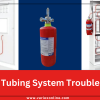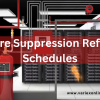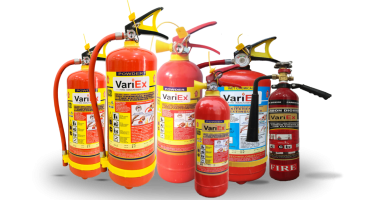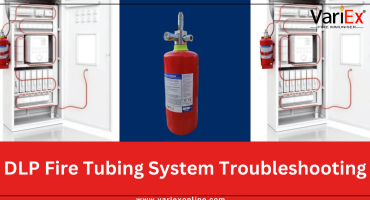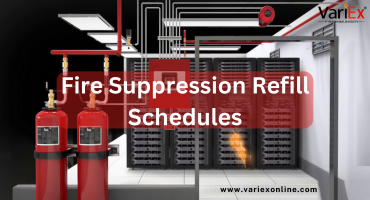![]()
Fire Immuniser
+91-7829629111
Email: info@variex.in
Varistor Technologies Pvt. Ltd.
Block-1, First Floor, Ardente Office One, Hoodi Circle, ITPL Main Road, Bengaluru, Karnataka 560048, IN
How a Properly Refilled DLP System Prevented Major Fire Incident
How a Properly Refilled DLP System Prevented Major Fire Incident
In fire safety, prevention often hinges on preparation. One of the most overlooked yet vital components is regularly refilling the fire suppression system—especially those using DLP (Direct Low Pressure) tubing. A single oversight can lead to irreversible damage, but as this real-world case study shows, a properly refilled DLP system can mean the difference between disaster and recovery.
In this blog, you’ll learn about an actual incident where a well-maintained DLP fire tubing system activated precisely when needed and prevented a major fire from escalating. We’ll explore what happened, why the refill mattered, and what your business can learn from it.
What Is a DLP Fire Tubing System?
A DLP fire tubing system is a self-activating fire suppression solution that uses heat-sensitive tubing installed inside or around fire-prone equipment. When a fire breaks out, the tubing bursts at the hottest point, releasing a clean agent directly onto the fire source—without needing external activation or electricity.
These systems are used in:
Electrical control panels
Data centers
Commercial kitchens
CNC machines
Server rooms
Enclosed industrial cabinets
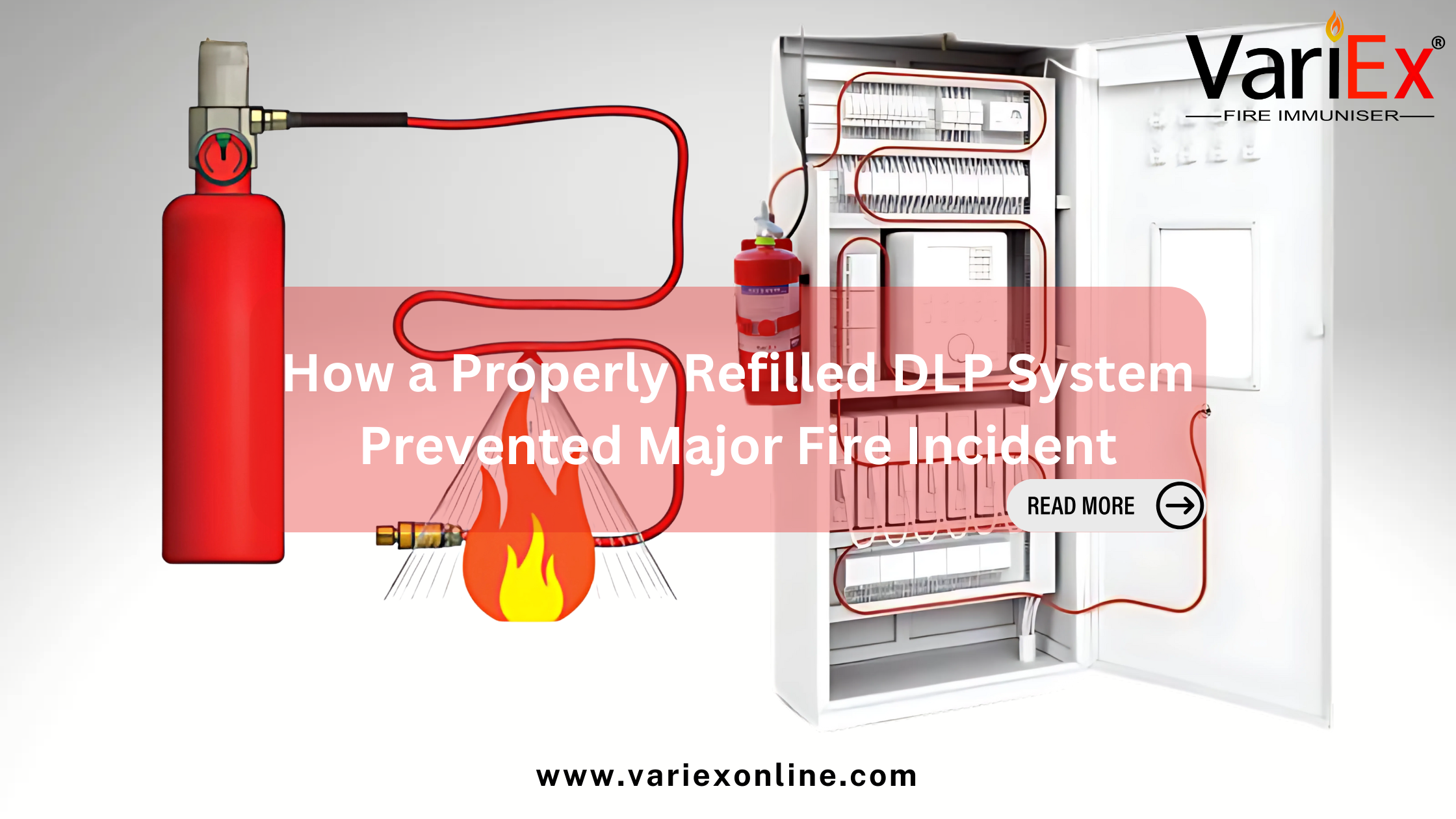
The Incident: Electrical Fire in a Control Cabinet
Location: Manufacturing Facility, Ohio, USA
Equipment at Risk: Automated Packaging Line
Cause: Electrical short circuit in PLC (Programmable Logic Controller) unit
Date: February 2025
System Used: Pre-installed DLP fire tubing with FM-200 clean agent
Previous Service: Full refill and maintenance – 3 months prior
Timeline of Events
12:44 AM: Sensor picks up heat rise in a packaging line control cabinet.
12:45 AM: Electrical short triggers sparks, igniting nearby cable insulation.
12:45:06 AM: DLP tubing bursts at the ignition point.
12:45:08 AM: FM-200 agent is discharged immediately onto the flames.
12:45:30 AM: Fire suppressed before spreading to adjacent machinery.
12:48 AM: Safety team inspects cabinet; minor soot, no structural damage.
How the Refill Saved the Day
Three months prior to the incident, the facility's fire safety manager scheduled a routine DLP tubing system inspection and refill. During the service:
Pressure levels were recalibrated.
The FM-200 cylinder was topped off to full capacity.
Tubing routing was reviewed and slightly adjusted.
Had this refill not taken place, the system may have been undercharged or failed to activate properly—leading to significant fire damage and downtime.
Benefits of Timely Refilling: Case Summary Table
| Aspect | With Refilled DLP System | If Refill Was Neglected |
|---|---|---|
| Fire Suppression Time | 2–3 seconds | System fails or delays activation |
| Damage Level | Minimal (only scorched wire casing) | Full cabinet loss + adjacent system damage |
| Downtime | < 1 hour | 2–5 days minimum |
| Repair Costs | ~₹25,603 for wire replacement | ₹17,07,011+ for cabinet & equipment |
| Insurance Claim | Not necessary | Major claim, premium likely to increase |
| Safety Compliance | Fully compliant with NFPA | At risk of penalties, audits |
| Business Continuity | No disruption | Halts production, affects supply chain |
Fire Safety Compliance: A Hidden Hero
In this case, the facility not only followed internal protocols but also complied with:
NFPA 2001: Clean Agent Fire Extinguishing Systems
ISO 14520: Gaseous Fire-Extinguishing Systems
Local Fire Code: Mandated quarterly inspection and annual refill
Being compliant wasn’t just about avoiding fines—it literally saved the operation.
Why Refill Intervals Matter
Like all pressurized systems, DLP suppression agents can leak or depressurize over time, even without activation. This makes regular refilling critical for:
Restoring cylinder pressure to recommended levels
Preventing agent degradation
Ensuring quick, even discharge
Avoiding sensor or nozzle clogging
Most manufacturers suggest annual refilling or sooner if the system is activated.
What Could Have Gone Wrong?
If the refill was skipped or delayed:
The tubing may have burst, but no suppressant would have discharged.
The fire could have spread to the entire control cabinet.
Nearby machinery, valued at over $50,000, could have been lost.
The company may have faced production delays, lawsuits, and lost clients.
All this was prevented by a simple, scheduled refill.
Preventive Maintenance Checklist
To ensure your DLP system is ready when needed, follow this checklist:
Monthly:
Inspect tubing for discoloration or damage
Check cylinder pressure gauge
Ensure nozzles are clear
Quarterly:
Conduct system functionality test
Review system logs and any error alerts
Annually:
Refill suppressant cylinder
Pressure-test the system
Replace aging tubing (if over 5 years old)
Recalibrate sensors and control panel interfaces
Lessons Learned from the Incident
Don’t wait for a fire to test your system.
Budget for refills just like you do for insurance.
Train staff to recognize refill indicators.
Automate reminders for inspections and service.
Document all service history to avoid liability.
Real-World Takeaway
In the Ohio incident, a properly refilled DLP system not only extinguished the fire but did so automatically, without requiring human intervention. It acted in seconds—faster than a manual extinguisher or sprinkler system could be deployed.
This event underscores the importance of routine refilling as part of your fire safety strategy. It’s a small cost with massive benefits.
Conclusion:
Fire safety isn’t just about alarms and extinguishers—it’s about maintaining every piece of your suppression system. As this case proves, a properly refilled DLP system isn’t just a regulatory checkbox—it’s a proven fire prevention solution.
One refill. One decision. One system standing between a small spark and a major disaster.
Frequently Asked Questions
Check the pressure gauge monthly and refill at least once a year or after any discharge.
No. The system will not function without a refill and may lead to safety violations.
Typically 1–2 hours, depending on system size and agent type. It’s a quick but vital process.
Between ₹12,813 and ₹42,71142,711, depending on the clean agent used and system capacity.
Refilling doesn’t prevent fires, but it ensures your system will respond effectively if one occurs.
Final Say
At VariEx.in and VariexOnline.com, we specialize in supplying and installing top-quality fire fighting systems and equipment. From fire extinguishers to advanced suppression systems, we offer comprehensive solutions tailored to your needs. Our experienced team ensures precise installation and maintenance for optimal safety.
Trust VariEx for reliable fire protection. Contact us online or call 7829629111 to learn more.
We specialize in manufacturing, supplying, and distributing a comprehensive range of fire fighting equipment, including state-of-the-art fire extinguishers. Read our most searched blogs and find interesting information on topics such as how to use a fire extinguisher, how to calculate fire fighting water tank capacity, fire extinguisher refilling, obtaining a Fire NOC, understanding fire fighting systems, types of fire protection systems, the fire hydrant system, and the fire sprinkler system. These resources provide essential knowledge for ensuring safety and compliance with fire safety regulations. Additionally, you can explore guides on the maintenance of fire protection equipment, the latest advancements in fire safety technology, and best practices for fire risk assessment and management.
Our expertise extends to fire alarm systems, fire hydrant systems, and fire suppression systems, including fire sprinklers. Each product meets rigorous international standards for reliability and performance, ensuring effective fire safety products tailored to diverse applications and industries. Additionally, we are providing Fire Extinguisher Refilling and AMC services to ensure ongoing maintenance and operational readiness of fire safety equipment.


